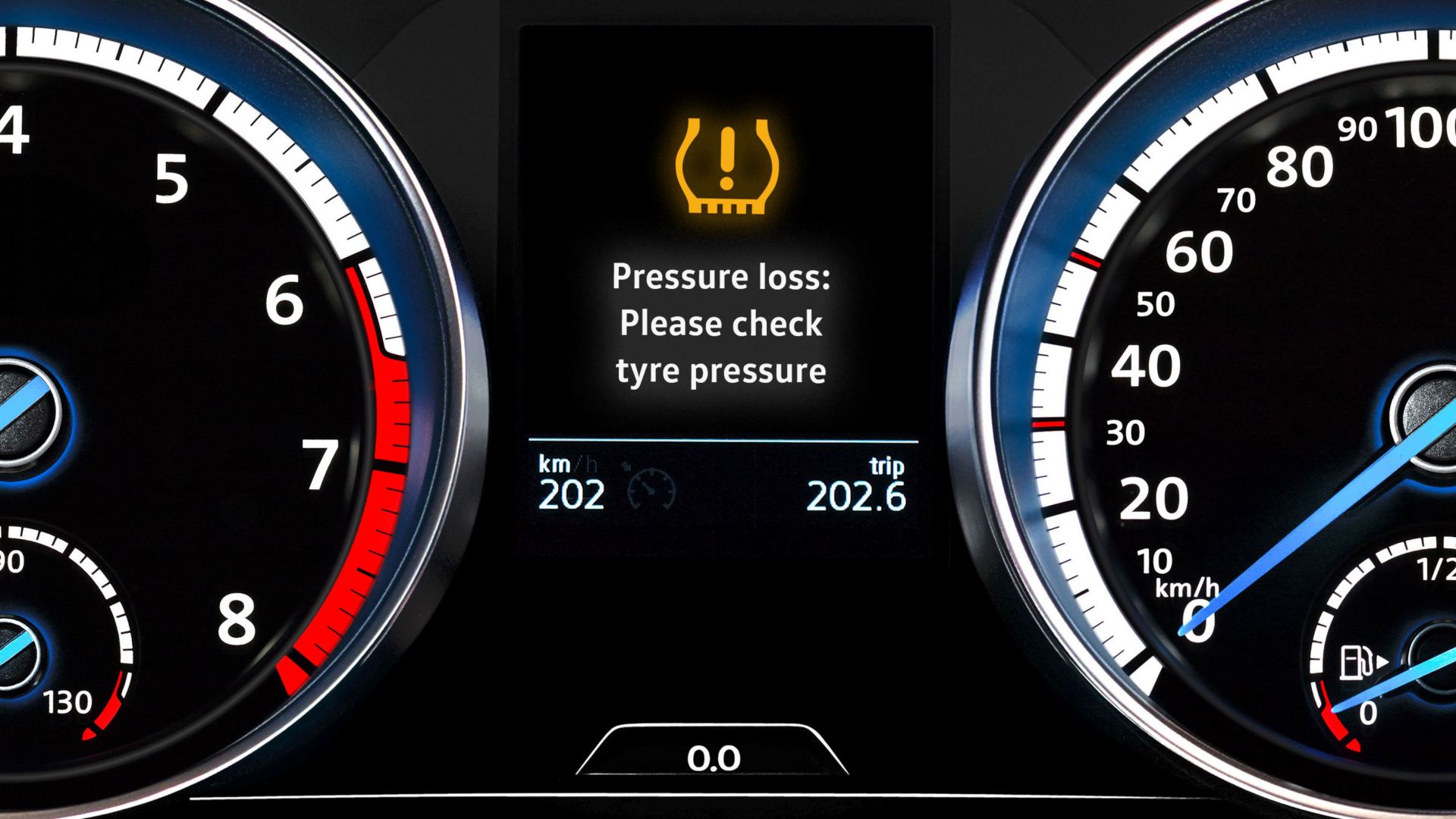Avoid bumping against the kerb when parking. That may damage the rubber skin and internal construction of your tyres. In the worst case, they may burst on the motorway.
Check tyre pressure as regularly as possible. Tyre pressure gauges can usually be found at any service station. Check the pressure when the tyres are cold, where possible, and do not reduce it when the tyres are warm.
Your tyres should be balanced every time they’re changed. This will extend their life and protect bearings, suspension and the steering system. Correct axle geometry will also help your tyres wear evenly.
Avoid aggressive driving to extend your tyre’s life.
Measure the tread depth regularly and check your tyres for damage and deformations.
Protect your tyres against contact with oil, grease and fuel.













